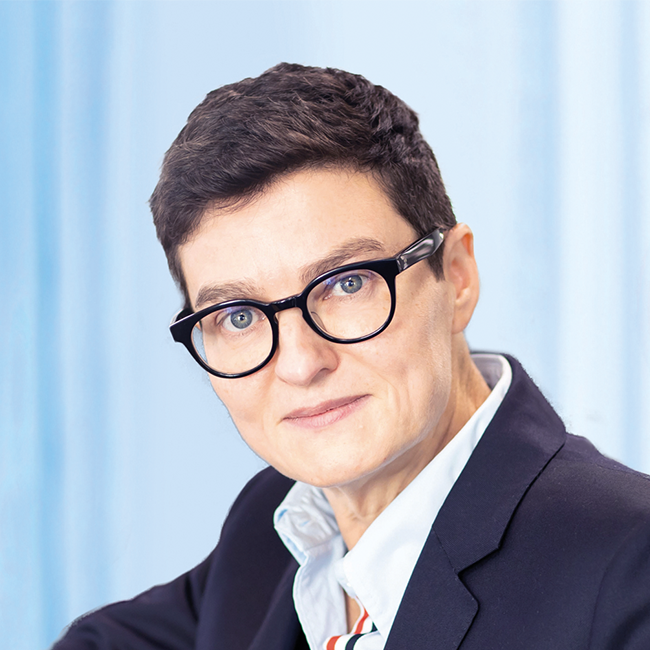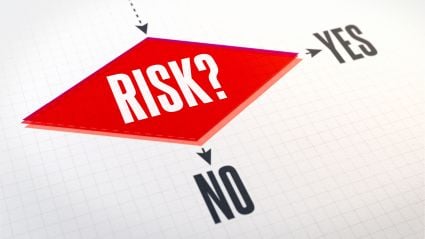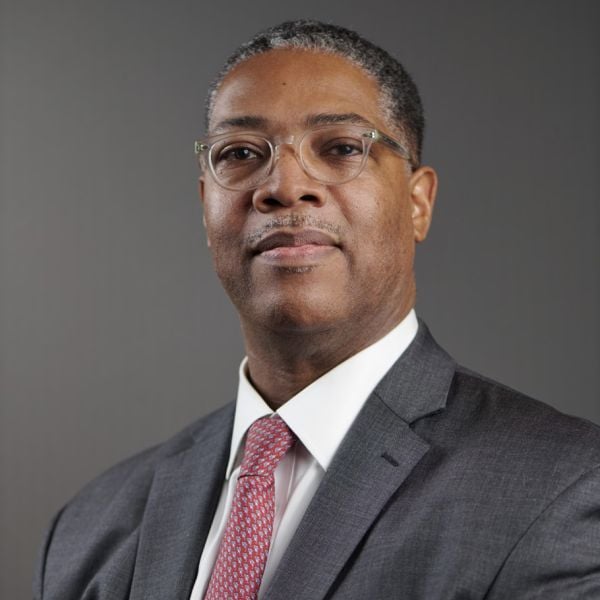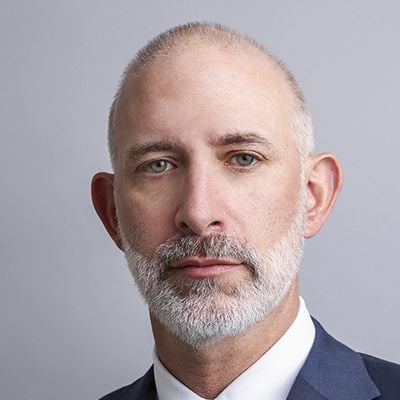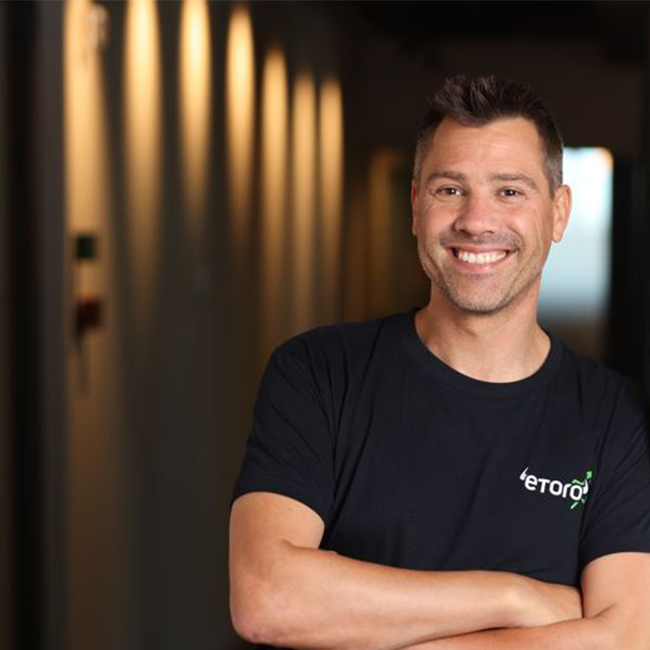
“Keep calm and carry on” was a slogan coined in Britain in 1939 in the face of the oncoming war. As the world grapples with paradigm-shifting policies, technological advancements, and economic divergence, now feels an appropriate moment to turn to this mantra.
Investors today chart stormy waters. Markets around the world have absorbed substantial losses, ushering in new instability and disruption across trading blocs and global supply chains. Navigating this is certainly not easy, and relying on the past to predict the future feels less relevant than ever—even if there are lessons to draw on.
We, as asset managers and allocators, must do the very best we can to protect the savings and pensions of people around the world. But when things feel so unsettled, and the old rules don’t seem to apply, how can we achieve this goal? To me, the essential building blocks are unchanged: It’s about portfolio construction and risk management. It’s about looking at what you have in your portfolio today and going back to its theoretical roots.
Staying resilient across different cycles means keeping calm and cutting through the noise.
Diversification is central to managing these risks. We all know that. But what does it really mean for a portfolio to be diversified? The classic argument that equities and bonds perform at different times has been called into question given the shift in inflationary regimes. In recent years, bonds have increasingly moved with, rather than in opposition to, stocks.
Many now add “alternatives” to the mix: private equity, real estate investment trusts, commodities, and venture capital. However, diversification isn’t just about having more choice. To mitigate the impact of traditional asset drawdowns, alternatives need to provide returns that are truly independent. But as the underlying economic drivers are closely aligned, the returns of alternatives can be surprisingly correlated with global equities at the aggregate level.
In the end, diversification is about ensuring that the assets that you hold truly give you independent, uncorrelated, and idiosyncratic returns that you can draw on when you need them most. Our decades of experience with portfolio construction and our work with leading academics has helped us establish four core principles:
- Understand your own assumptions and work out if they are true. First, clarify what you are trying to achieve, and then work backward: What makes the desired outcome most likely? The key is to create a dynamic in your portfolio such that if your assumptions turn out to be wrong, you have sufficient levers to pull across the portfolio so that the whole is still effective.
- Don’t be unidimensional—go where the alpha is. Diversification exists at a market level but also at a portfolio-construction level. Of course, truly diversified investors consider opportunities that others don’t—seeing potential in Europe as the US equity trade grows crowded, for example. The key is to find mechanisms that can capture excess returns. For example, value-added techniques such as portable alpha use derivatives to replicate market beta, allowing investors to use their risk budget more efficiently to pursue outperformance with diversifying content.
- Look beyond illiquids. Equally, investors don’t always need to venture into pastures new. It may well be that yak-wool futures offer truly uncorrelated returns, but diversification can also be achieved through the most common asset classes. Very actively traded equity and fixed-income securities—liquid alternatives—can be sold quickly, providing a safety net when traditional equities falter. This could be to meet pressing liabilities, cover margin calls elsewhere, or seize the opportunities that such moments can offer.
- Drawdowns are windows of potential as well as risk. Liquidity and diversification are two sides of the same coin. Without the ability to sell an asset class and lock in returns during challenging times, diversification can elude you. But by liquidating diversifiers, the stewards of well-diversified portfolios become buyers at attractive valuations when others are forced to sell. Such an approach provides flexibility and choice instead of the constraints many face during times of market stress.
There is no certainty but this: We are not returning to a passive, benign environment any time soon. Above all, managing investments is about keeping a level head and cutting through the noise. Depth of experience matters here.
Building a truly diversified portfolio in a deliberate way won’t be achieved through a single trade or strategy. It’s about establishing a rigorous, robust philosophical approach that is able to steer through whatever market regime is thrown at it.
So, back to that motto: “Keep calm and carry on.” To truly deliver for our end clients, let’s embrace this lesson from the past to thrive in an uncertain future.
